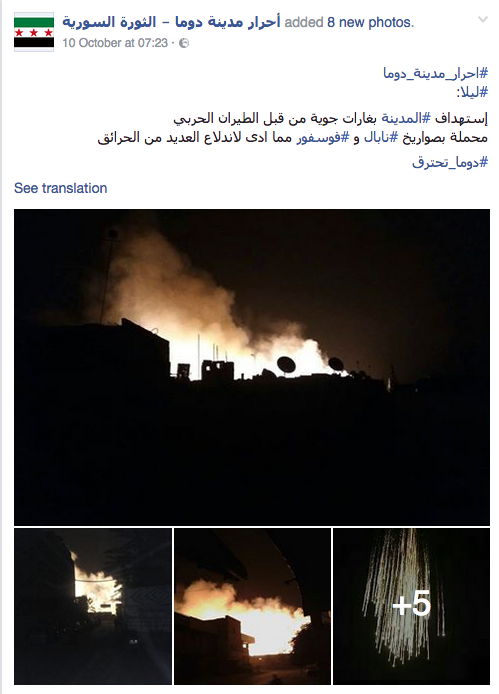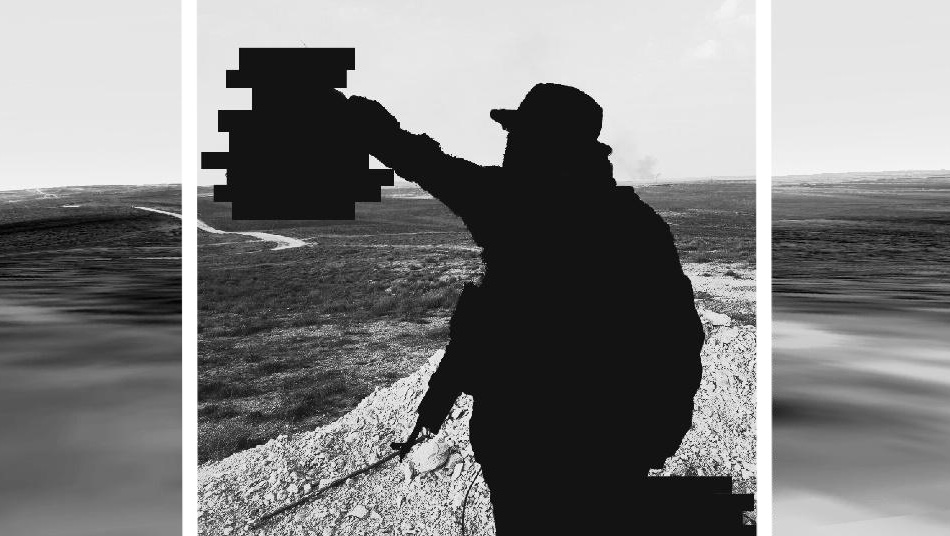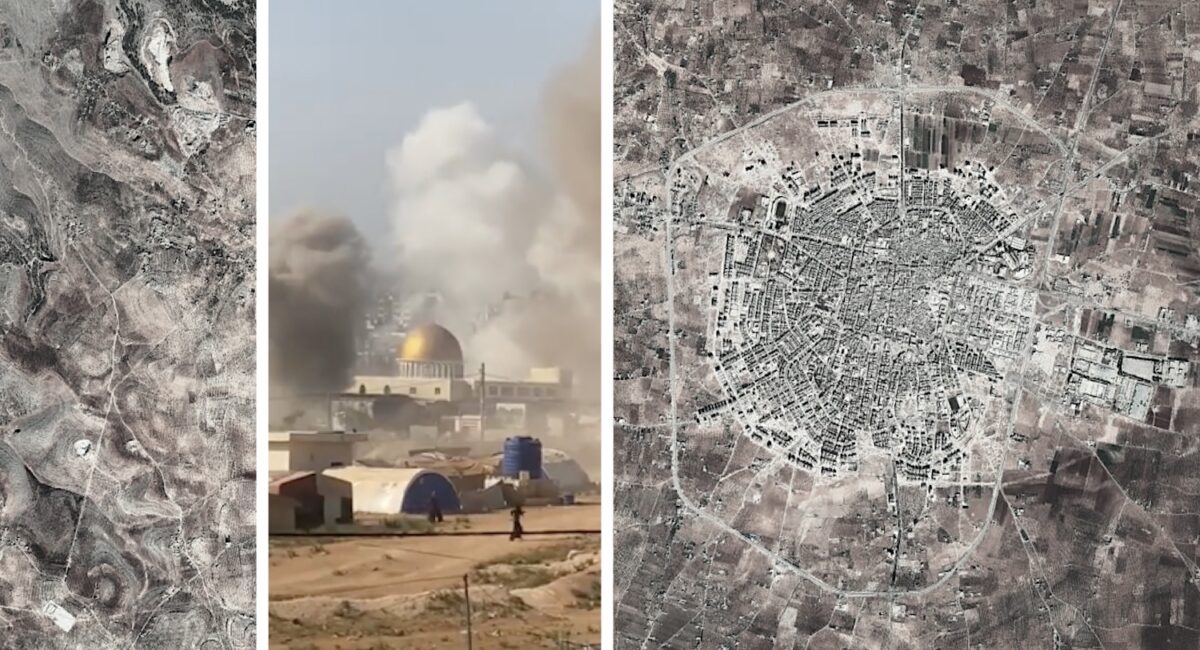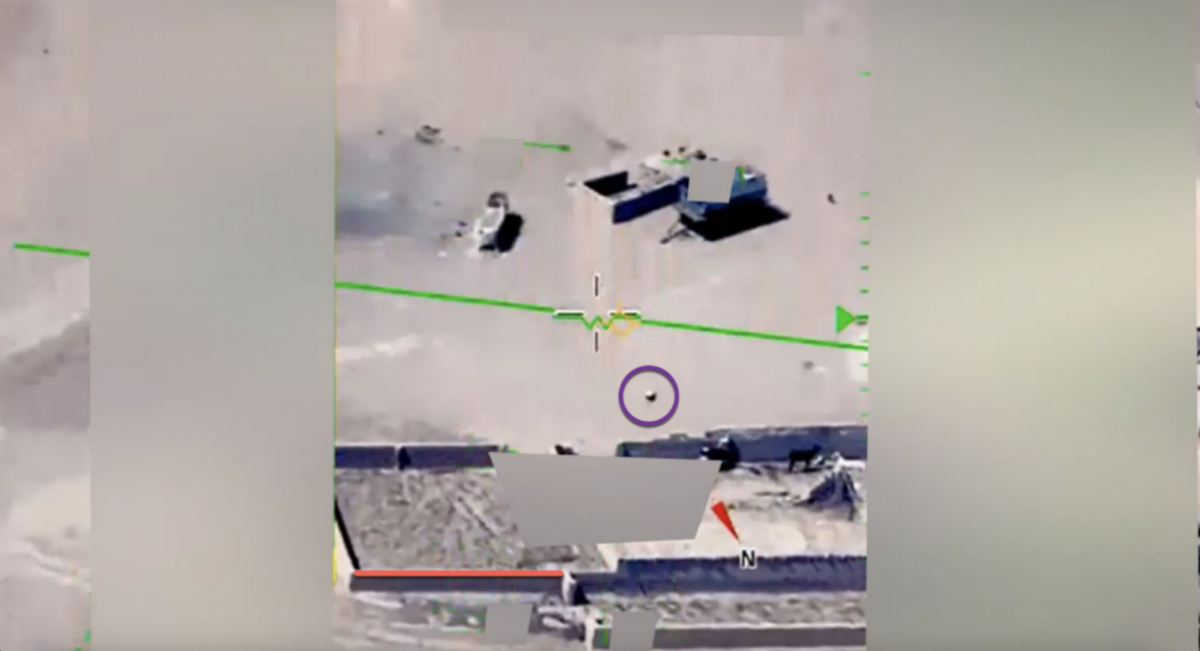New Evidence of Russian Incendiary Bombs Used in Attacks Against Civilians in Duma
On October 10th 2016, reports appeared on YouTube and Facebook about incendiary bombs being used in Duma which is located in Damascus suburbs.
In this article we will examine videos and other open source material that were shared online to understand as many details as possible about what actually happened in this incident.
The Syrian Archive, a platform that collects, curates, verifies and preserves visual documentation of human rights violations in Syria has collected and analysed six videos related to this incident.
First moments of the attack
Below is a video that was published on the YouTube channel of SMO which shows the first moments of the attack.
Photos about the attack were published on the Facebook page of Ahrar Duma – Syrian revolution.
This video by the white Helmet’s team (Damascus suburbs) shows the attacked site and the damage as a result of the attack.
They have also published photos about the attack on their Facebook page which shows burnt cars and buildings.
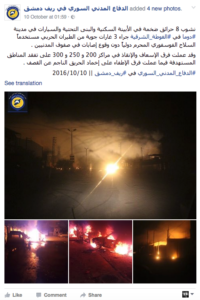
They published the following small report about the attack:
8 locations were under fire including buildings and cars in Duma as a result of three airstrikes that targeted this area with phosphoric bomb which is banned internationally. Civilians were injured as a result of this attack. The rescue teams and the first aid teams in Centers 200, 250 and 300 were at the attacked site to help civilians and to extinguish the fire.
The damage to civilian areas as a result of the attack
Videos from citizen journalist Yasser Al-Doumany were posted online which shows a building and a car being burned as a result of the incendiary bomb attack.
Other videos about the damage were sent to us through human rights activist Younes Taha who is based in Duma.
He also shared with us the following photos which shows the damage as a result of the attack:
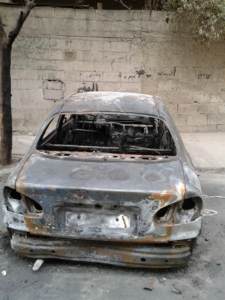
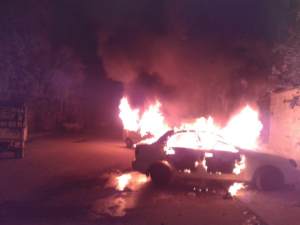
Remnants of the incendiary bomb
The below video published on the YouTube channel of citizen journalist Yasser Al-Doumany shows the sub-munition that was used during this attack.
We’ve connected directly with human rights activist Younes Taha who is also part of the local council in Duma to send us additional photos of the sub-munition.
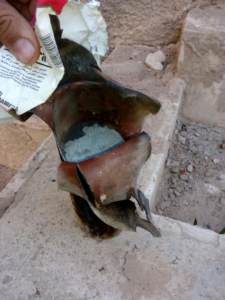
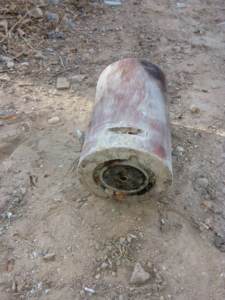
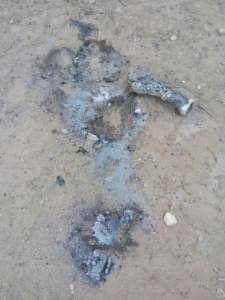
According to open source data, the RBK-500 ZAB-2,5SM incendiary cluster bomb contains three types of incendiary sub-munitions of two distinct shapes: ZAB-2,5S (9 cm in diameter, 14 cm in length) and ZAB-2,5M-I/ZAB-2,5M-II (6 cm in diameter, 24 cm in length, also known as ZAB-2,5M1 and ZAB-2,5M2; we do not know of any external differences between the latter 2 and will collectively refer to them as ZAB-2,5M). The measurements of these submunitions were originally provided by members of Syrian Civil Defense in Homs for a CIT investigation of an incendiary bombing of Rastan.
Human rights activist Younes Taha sent measurements of the sub-munition which matches the measurements of the open source data about the incendiary sub-munitions (ZAB-2,5S 9 cm in diameter, 14 cm in length).
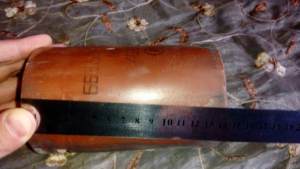
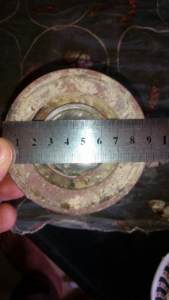
By comparing the sub-munition photos (The one used in Duma with the one shown on a Russian website), we can clearly see identical parts which indicated that it’s the type same munition.
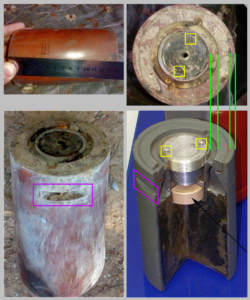
The below image shows part of the marking on the sub-munition:
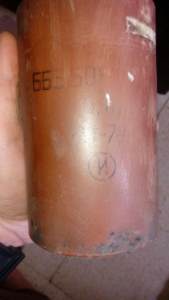
Attacked site
Human rights activist Younes Taha told Bellingcat that the airstrike occurred in civilian area in Duma (map link). According to open source data, the impact area of RBK-500 ZAB-2,5SM is from 20,000 to 80,000 square meters. Assuming the impact area is either round or has a shape close to it, simple math yields a radius of such circle from 80 to 160 meters.
Bellingcat won’t show a map of the attacked site as of request from our source in Duma due to threats against their wellbeing.
The radius clearly covers several residential buildings including a garden and cars. We have verified this through our source Younes Taha who witnessed the incident. The UN convention on “inhumane” weapons would forbid the use of incendiary munitions in this area. The legal aspect of this issue is covered in more depth in a Human Rights Watch dispatch on incendiary bomb use in Syria.
Conclusion
The munition’s remains show that ZAB-2.5 SM incendiary cluster bomb was used in an airstrike that targeted Duma. This type of bomb hadn’t been used in Syria prior to the Russian intervention in Sep 29 2015. Local reports indicates the bombing targeted a civilian area which would be a violation of an International Humanitarian Law 1980 protocol on incendiary weapons.
Special thanks to CITeam for their help on this investigation.
